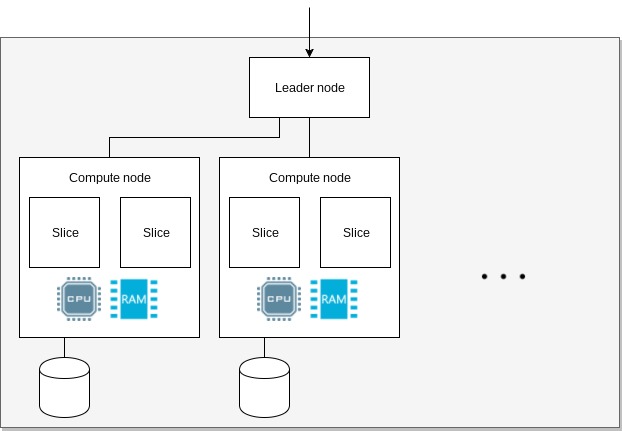

Here you will learn to write and execute multiple SQL queries for finding insights from the dataset and to perform various analytical operations based on certain conditions. When your cluster is ready and running on the cloud, you may write and run SQL queries on Redshift query editor. You will learn to create an IAM role for adding security and authentication to your clusters and VPC for optimal performance on dedicated network paraments where you can customize subnets, internet gateways and other network components. You will also learn to manage these clusters and perform various actions such as resizing the cluster, setting up alarms, scheduled maintenance, routine checkup and performance monitoring.Ī Redshift cluster requires to be linked with a Virtual Private Cloud or VPC, and with an Identity and Access Management role or IAM role on AWS. Here you will learn to create and customize both single node and multi-node clusters on the cloud where you can perform various kinds of operations on these clusters such as storage, retrieval and analysis of dataset kept in form of records and tables in databases. Those costs do not include Redshift cluster and S3 storage fees.In this course, you will learn about building and managing Redshift clusters on AWS or Amazon Web Services. AWS recommends that a customer compresses its data or stores it in column-oriented form to save money. PricingĪmazon Redshift Spectrum follows a per-use billing model, at $5 per terabyte of data pulled from S3, with a 10 MB minimum query. Other cloud vendors also offer similar services, such as Google BigQuery and Microsoft Azure SQL Data Warehouse. It doesn't require any cluster management, and an analyst only needs to define a table to make a standard SQL query. It's also better suited for fast, complex queries on multiple data sets.Īlternatively, Athena is a simpler way to run interactive, ad hoc queries on data stored in S3. An analyst that already works with Redshift will benefit most from Redshift Spectrum because it can quickly access data in the cluster and extend out to infrequently accessed, external tables in S3. AthenaĪmazon Athena is similar to Redshift Spectrum, though the two services typically address different needs. Redshift Spectrum can be used in conjunction with any other AWS compute service with direct S3 access, including Amazon Athena, as well as Amazon Elastic Map Reduce for Apache Spark, Apache Hive and Presto. Multiple clusters can access the same S3 data set at the same time, but queries can only be conducted on data stored in the same AWS region. Redshift Spectrum must have a Redshift cluster and a connected SQL client.

Redshift Spectrum can scale to run a query across more than an exabyte of data, and once the S3 data is aggregated, it's sent back to the local Redshift cluster for final processing.

Those requests are spread across thousands of AWS-managed nodes to maintain query speed and consistent performance. Redshift Spectrum breaks a user query into filtered subsets that are run concurrently. Redshift Spectrum also expands the scope of a given query because it extends beyond a user's existing Redshift data warehouse nodes and into large volumes of unstructured S3 data lakes. This can save time and money because it eliminates the need to move data from a storage service to a database, and instead directly queries data inside an S3 bucket. With Redshift Spectrum, an analyst can perform SQL queries on data stored in Amazon S3 buckets. Amazon Redshift Spectrum is a feature within Amazon Web Services' Redshift data warehousing service that lets a data analyst conduct fast, complex analysis on objects stored on the AWS cloud.


 0 kommentar(er)
0 kommentar(er)
